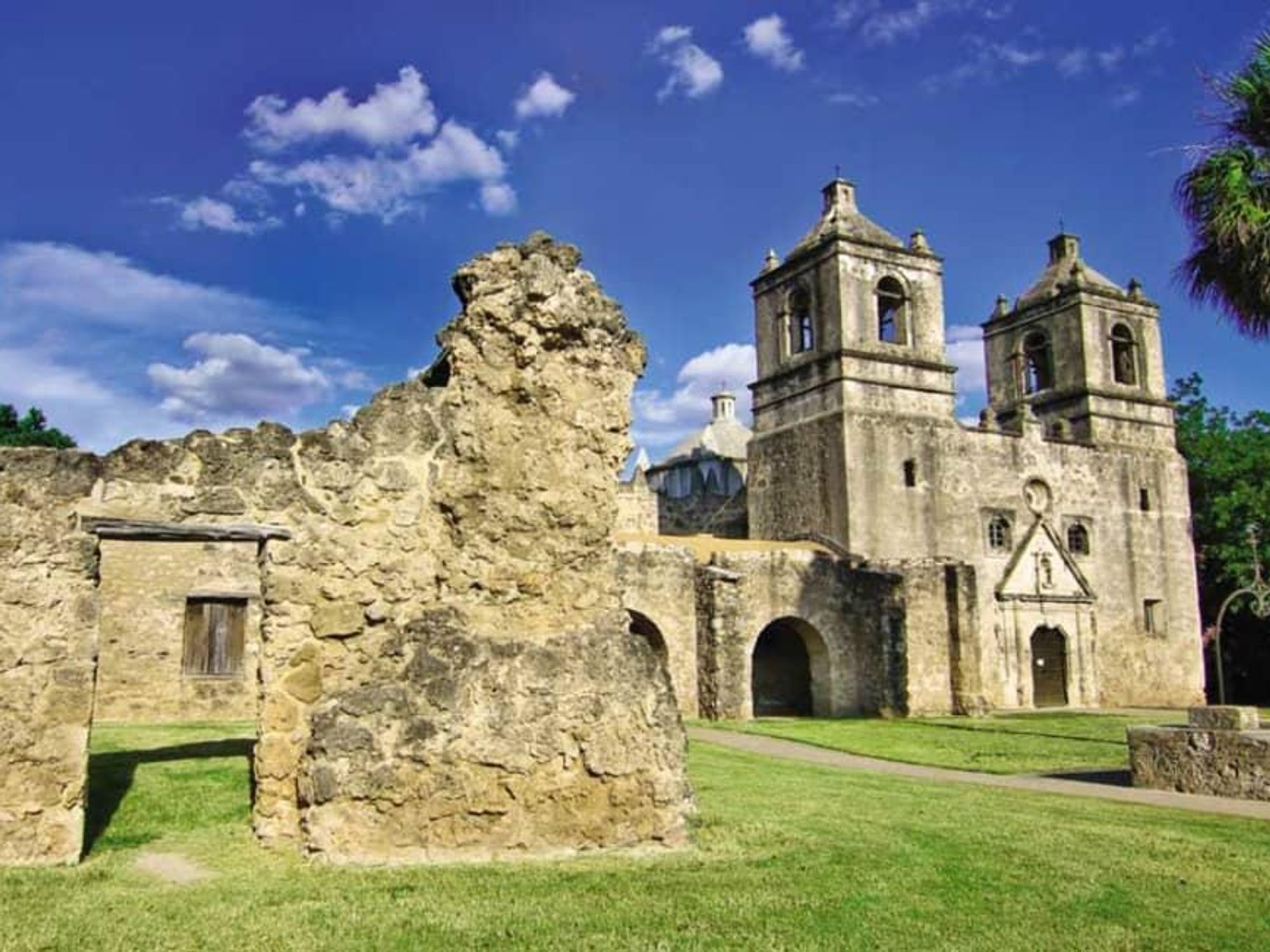Alamo City Sittin' Pretty
San Antonio scores in new study of America’s best cities

Buoyed by its mix of modern attractions and historical sites, San Antonio ranks as the 28th best city in the country, according to a consulting firm’s annual study.
At No. 28, San Antonio earns kudos from Resonance Consultancy for its plethora of attractions, including the River Walk, five colonial missions, San Antonio Zoo, San Antonio Museum of Art, and Texas Golf Hall of Fame. The Alamo City shows up at No. 7 in the study’s attractions category.
In addition, the study highlights San Antonio’s popular mixed-use Pearl district, whose assets include a campus of the Culinary Institute of America. “Around the esteemed school, a host of grads and chefs have clustered, creating a smorgasbord of choices from Italian to ’cue to bakery to vegetarian cuisine,” notes the study.
Resonance Consultancy ranks large U.S. cities by relying on a mix of 26 performance and quality measures. This year, New York City tops the list, followed by Los Angeles; San Francisco; Chicago; Washington, D.C.; San Diego; Las Vegas; San Jose, California; Miami; and Boston.
“Smart, skilled, and soulful, Houston is the American city of the future,” says the study, published by Vancouver, Canada-based Resonance Consultancy Ltd., which specializes in marketing, strategy, and research for the real estate, tourism, and economic development sectors.
In last year’s study, Houston also held the No. 11 ranking.
The 2020 study praises Houston for its ethnic diversity, restaurants, healthy concentration of Fortune 500 companies (22 companies based in the Houston area are listed on this year’s Fortune 500), and airport connectivity (No. 7 ranking).
The study further lauds the city for development of the Houston Spaceport, a hub for the region’s space industry. However, the study notes that Houston ranks 47th for prosperity, 74th for employment, and a dismal 99th (next to last) for income equality.
“From medicine to space to energy, we are at the forefront of innovation. We are resilient problem-solvers who work together to find common solutions, no matter if we’re facing Hurricane Harvey or a global pandemic,” real estate developer David Mincberg, chairman of Houston First Corp., says in an August 6 release. “Houston continues to grow and get better, so we invite those who live here to rediscover our city and visitors to come as soon as it is safe and enjoy all that Houston has to offer.”
Houston First promotes the city as a destination for leisure and business travelers.
Also included is Dallas, at No. 14 and Austin at No. 17. Fort Worth isn’t included in the ranking.
Highlights for Dallas include:
- No. 1 ranking for airport connectivity, thanks largely to the presence of Dallas/Fort Worth International Airport.
- Country’s highest concentration of corporate headquarters (more than 10,000).
- Country’s third largest grouping of Fortune 500 companies (24 in Dallas-Fort Worth).
- Sixth largest LGBTQ+ community in the U.S.
- Dallas Arts District, the country’s largest contiguous urban arts district.
“Dallas inspires big ideas. This big and bold approach has resulted in world-class arts, culture, architecture, dining, business, and more, which are changing the face of the city,” VisitDallas, the city’s convention and tourism arm, says on its website.
Sitting at No. 17, Austin boasts No. 8 rankings for educational attainment and nightlife, the study says, along with a vibrant cultural scene anchored by events such as SXSW and a flourishing tech landscape dotted by the likes of Apple, Dell, Facebook, Google, and Oracle.
Austin’s showing in the Resonance Consultancy study comes on the heels of the city being hailed by U.S. News & World Report as the No. 1 place to live in the country, with particularly high marks for desirability, jobs, and quality of life.
“With a strong, continually growing tech-talent labor force and an overall lower cost of living and doing business, I think Austin could end up being a beneficiary market in the recovery of the pandemic as many tech users look to move out of more densely populated areas like New York City or San Francisco,” Erin Morales, senior vice president of commercial real estate services company CBRE, said in a July news release.
